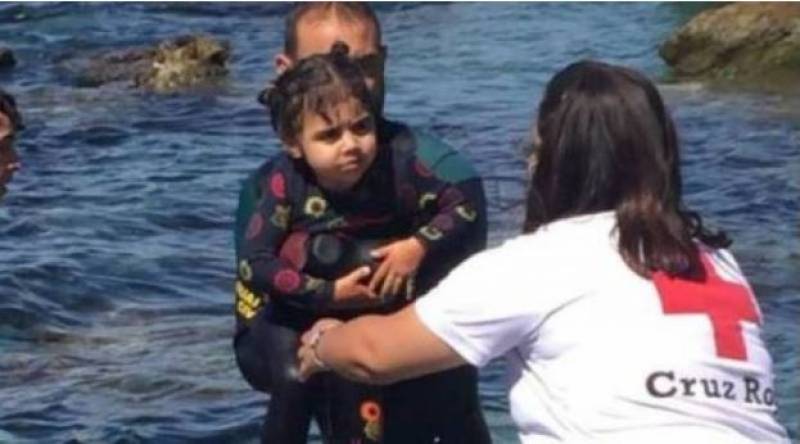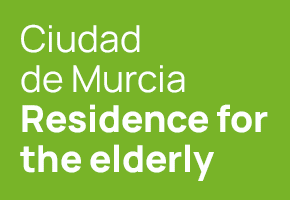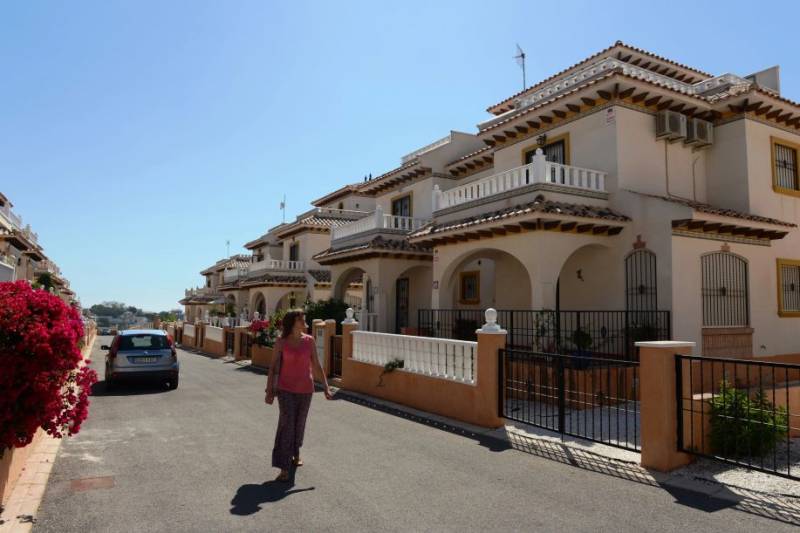Date Published: 27/08/2025
Relocation map for migrant children throughout Spain finally confirmed
The Valencian Community and Andalucía are among the regions that will receive the most unaccompanied minors
What’s equally important for the localities themselves is that the government has finally confirmed how many children and adolescents each autonomous community will be expected to re-house.
This second point has been a major bone of contention for several regions. Ten autonomous communities have outright rejected the Immigration Law reform approved in April and have appealed it in the Constitutional Court, which has yet to rule.
Despite the objections, the Ministry of Youth and Children insists that “everything is ready for transfers to begin.”
How many minors are transferred and
where they will go has been carefully planned by taking into account the ordinary capacity of each autonomous community to handle migrants. The decision takes into account the usual population and establishes that local governments must have places for 32.6 minors for every 100,000 legal inhabitants.
The autonomous communities that triple this ordinary capacity can now declare themselves in an extraordinary migration contingency situation and the government will have to relocate some migrant children and adolescents. At the moment, only the Canary Islands, Ceuta and Melilla qualify.
The Balearic Islands, although undoubtedly overloaded, are not at triple their ordinary capacity, so they must try to alleviate the reception systems in the most stressed areas only.
Before the summer, the Ministry presented figures to the other autonomous communities which showed that most of them were hosting fewer minors than would be expected based on their population size.
The government took this as a sign that these regions could take on more responsibility for caring for the nearly 4,000 children currently saturating the facilities in the three most affected areas. Officials also considered other objective factors, including each region’s gross domestic product, unemployment rate, territorial spread and previous efforts in housing minors.
Based on this analysis, Andalucía has been allocated the highest number of children, with 677 expected to be transferred to the community. Madrid will take 647 and the Valencian Community 571, while the
Region of Murcia will accommodate 133.

Neither the Basque Country nor Catalonia have been assigned any additional minors because of what the government describes as their previous efforts in taking in young migrants. However, the Catalan government has voluntarily offered to take in around thirty children.
This exemption has become one of the most controversial aspects of the plan. The main opposition party claims it represents a concession to separatist parties. They argue that this was part of the deal to secure support for a reform of the immigration law, which was approved after a previous attempt to pass it failed a year ago.
Images: Archive/Ministry of Youth and Children
Read more articles about Illegal Migration






 Neither the Basque Country nor Catalonia have been assigned any additional minors because of what the government describes as their previous efforts in taking in young migrants. However, the Catalan government has voluntarily offered to take in around thirty children.
Neither the Basque Country nor Catalonia have been assigned any additional minors because of what the government describes as their previous efforts in taking in young migrants. However, the Catalan government has voluntarily offered to take in around thirty children.












